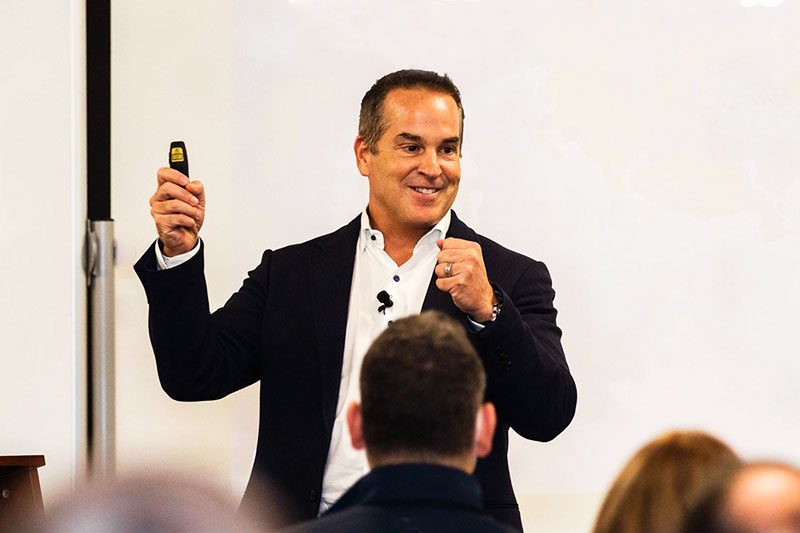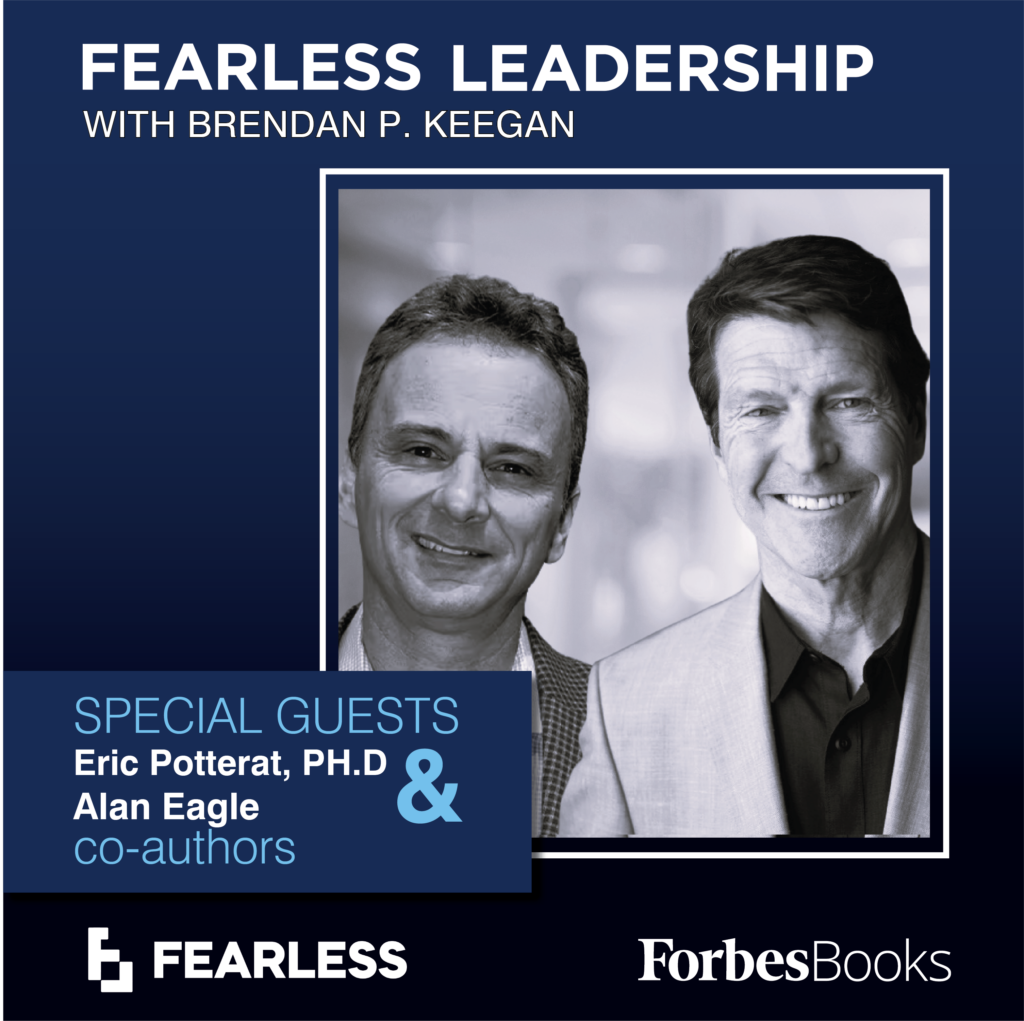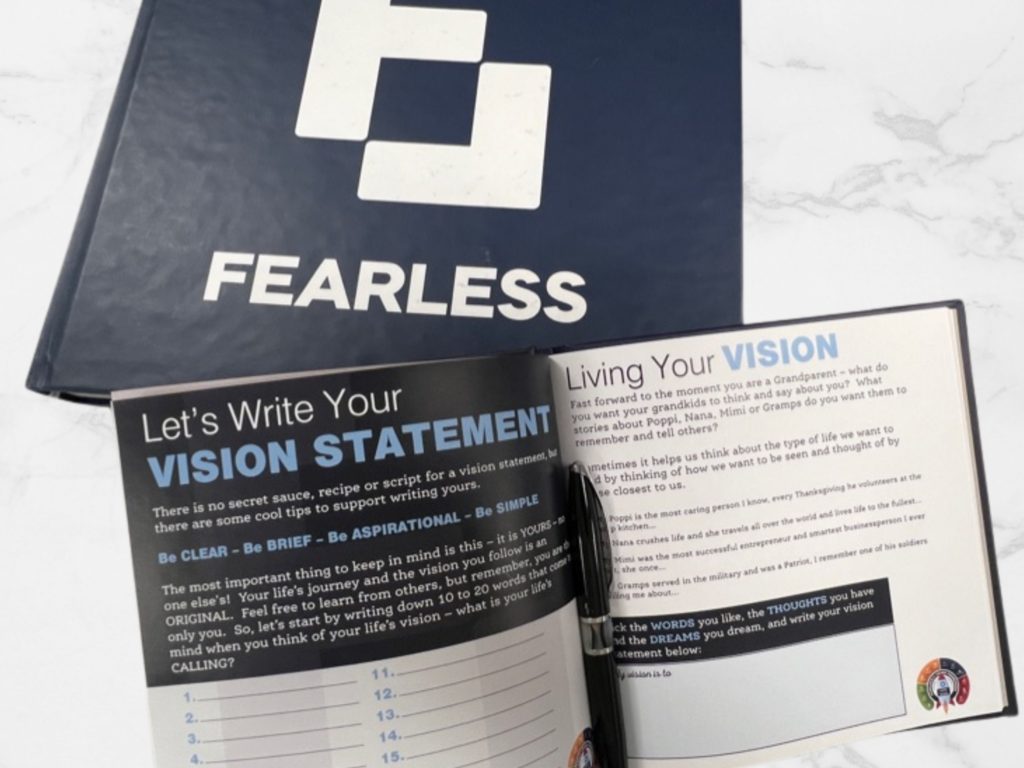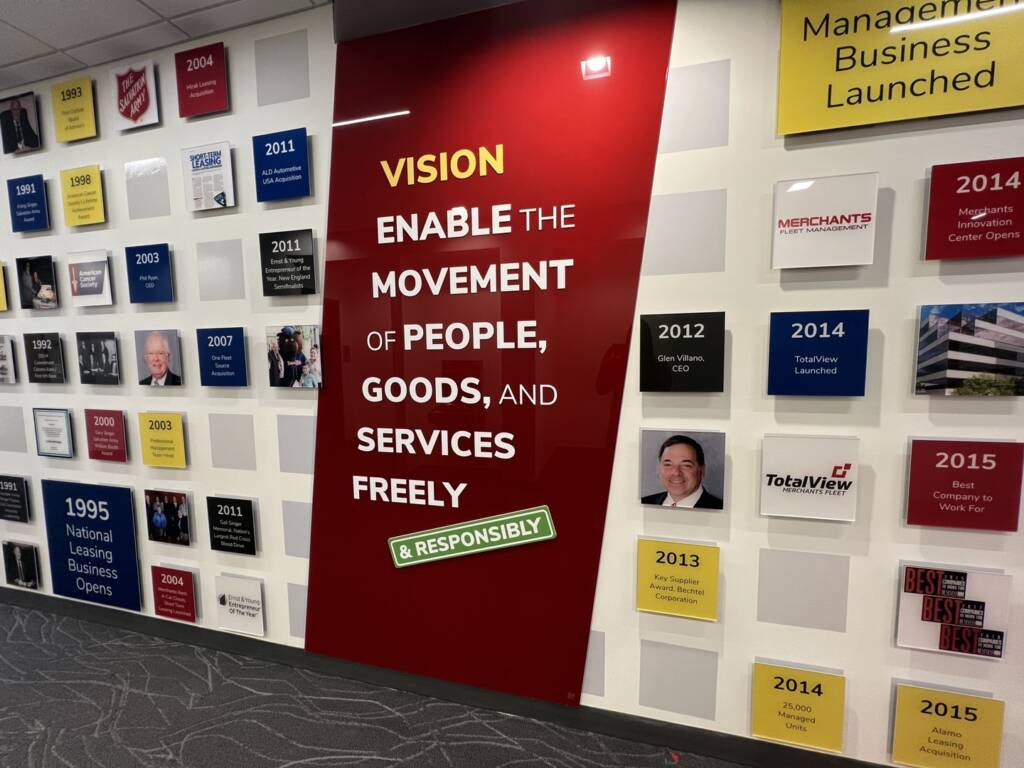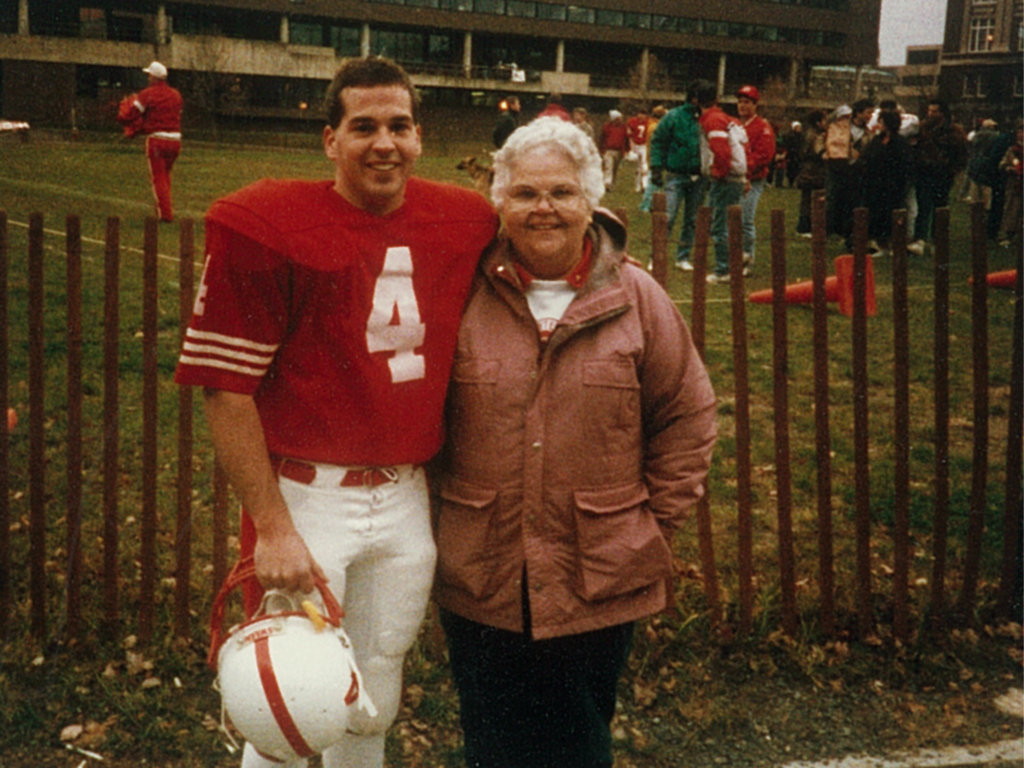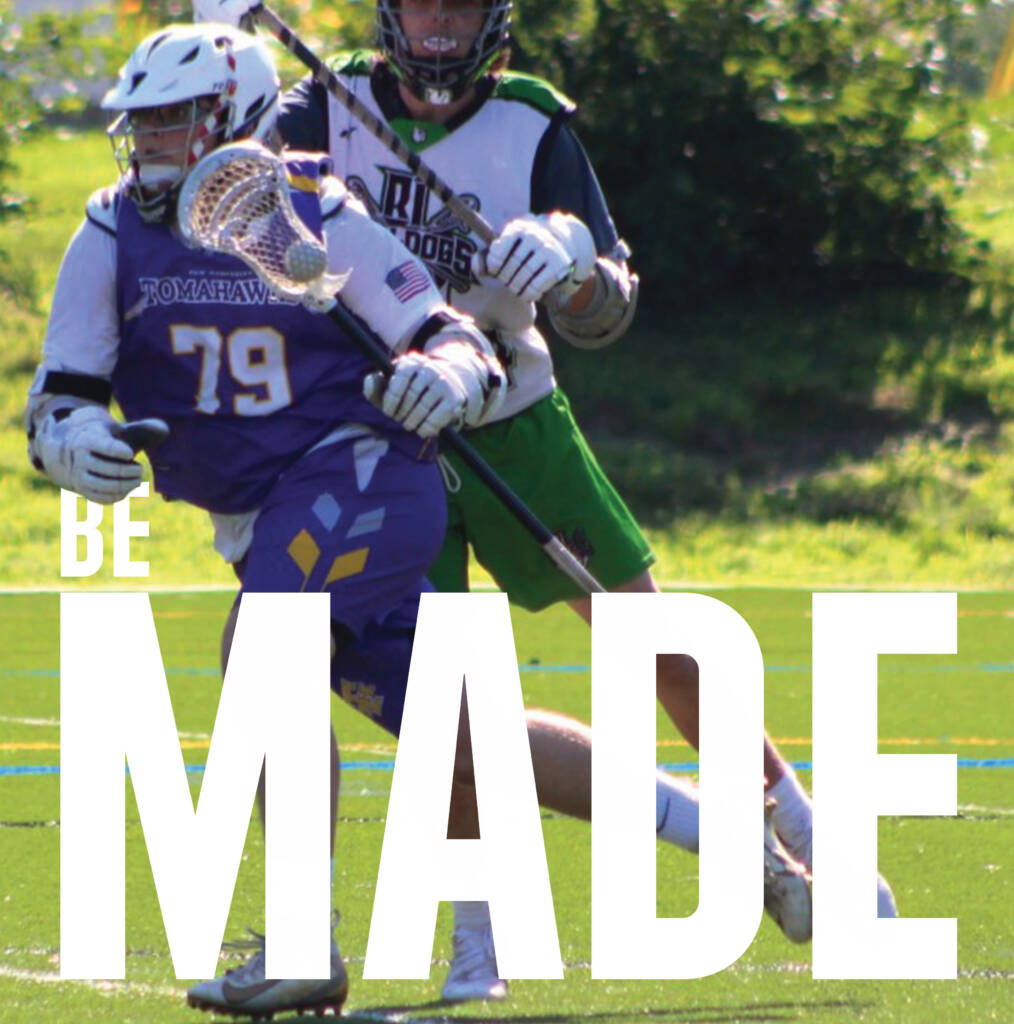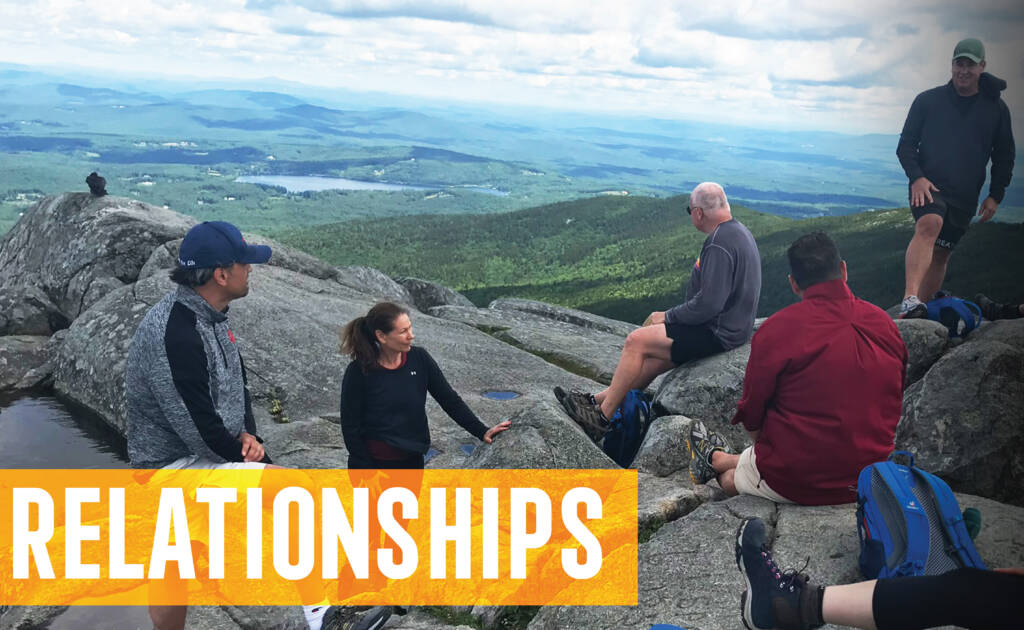Providing the Most Comprehensive, Flexible, and Innovative Fleet Experience on the Planet.
That is the mission of Merchants Fleet, a mission that can be accomplished only through the contributions of Merchants’ people. One of the contributions vital to the success of our mission is a diverse and continuous stream of ideas and a system that encourages, supports, and builds on those ideas.
So, how do we do that? We built a foundation primed for innovation and you can, too. Here’s how:
- Establish the organization’s core values and honor them. The values you establish are the cornerstone for everything else you do. For Merchants to fulfill its mission, everyone connected to Merchants must know what our values are and see every member of our team executing those values every day.
Service, Integrity, Flexibility, Community, and Innovation - Establish a clear vision. This is a message you will see me return to again and again because without a clear vision that people are excited about and can understand their role in, you and your people are going nowhere. That vision must be created on a foundation of values intrinsic to the organization. In pursuit of that vision, every idea you embrace must align with the company’s mission, vision, and values.
Enable the movement of people, goods, and services freely and responsibly. - Communicate the organization’s mission, values, and vision clearly, effectively, and frequently via your strategic direction. Once your mission, values, and vision are nailed down, and you’ve established your strategic direction, you must communicate that direction clearly, effectively, and frequently to assure that everyone in the company is in alignment and remains in alignment.
Here are just some of the ways we keep everyone informed of and involved in Merchants’ strategic direction:- Annual Summits: These gatherings of designated groups are key when a company is shifting or introducing a new strategic direction, but they can also be used effectively to keep everyone aligned in that direction. Groupings for summits may include executive leadership, mid-level leaders, employees, departments, and clients.
- Employee Huddles: We engage in virtual or in-person company-wide huddles every month to update everyone on the status of our strategic direction. We discuss what’s going well, what’s out of alignment, and how to get it realigned.
- Weekly Company-wide emails: Every week I pen an email on a topic related to our strategic direction.
Find the communication strategies that are right for your people and stick to them.
- Establish goals up and down the ladder: If we go back to the critical nature of our vision, we know that it’s essential to connect the dots for every person in the company. Those dots get connected by establishing each individual’s essential role in making that vision a reality. Every employee must know how they will set and achieve their goals that will contribute to the company’s vision.
Once the foundation is built, everyone understands and embraces the company’s mission and core values; everyone can clearly visualize the company’s vision; and everyone understands their role and how to fulfill that role in making that vision a reality.
That understanding empowers individuals and teams to contribute within the parameters the organization has set. At Merchants, as people began to think of new and innovative ways to Enable the movement of people, goods and services freely and responsibly, they understood that those ideas needed to align with Merchants’ mission, values, vision, and goals.
Now it’s time to build the system that will bring those ideas forward, a system that will teach people how to generate ideas and develop their innovation skills.
For an organization to be truly innovative, the leader must continually hone and put into practice their own innovation skills and be open and encouraging to the innovative ideas of others. At Merchants’ we advocate lifelong learning and actively provide learning opportunities for all employees—opportunities that I always take advantage of. One of the courses I enrolled in was Columbia’s innovation course, and here are three key concepts that I took away from that training:
- Create an innovation coach academy.
- Add and subtract. Sometimes innovation isn’t simply adding something new; sometimes it is removing a step from the process and seeing if it still works.
- Simple is best. The key to driving an innovation culture across the entire company is to keep the concepts simple.
Here’s how we put them into practice at Merchants.
- Provided company-wide training on innovation by a professor from Columbia University. Through these trainings we defined what innovation at Merchants means: To think and act differently in a useful way. Simple, right? This helped demystify the idea that you have to be a Steve Jobs or Mary Barra to be innovative.
- Developed Merchants’ own innovation coaches. We sent an employee from every function in the company to SNHU’s research and development lab for a strategy and innovation Coaches Academy. There they learned how to be an innovation coach for their team. Sometimes that coaching is as simple as asking “Why do we do that?” and “Is there a better way?”
- Made it okay to share ideas freely. Once we created the culture in which everyone was encouraged to question how and why we do things, and to share their ideas on how we might do it in a more useful way, the ideas began to flow. Changes began to happen in response to those ideas. People began innovating in big and small ways.
That innovation could be as simple as looking at a form and asking how the same information could be gathered more efficiently. Do we really need twenty-five questions, or could we get the necessary information in twenty questions? Or an innovation could be as big as creating our Last Mile program—How can we look at our existing resources and processes in a way that enables us to leverage those resources in processes in new and different ways?
Looking through the lens of how can we do this better doesn’t mean everything must or should be changed. Changes must be beneficial and related to your mission, values, vision, and goals. They must help further your strategic direction. That also means not every idea is going to get a thumbs up. But saying no to someone’s idea doesn’t have to be negative—you can turn it into a positive learning opportunity with a well-developed feedback loop.
The most essential component of a feedback loop is active listening. The person/team sharing must be confident that they are being heard without judgment. Once the idea is shared, rather than jump to a yes or no, begin a discussion that allows everyone to understand why it will or won’t work, or how, with adaptations, it could work.
The discussion could begin with assessing how the idea stacks up against the organization’s mission, values, vision, and goals. If somewhere the idea doesn’t align, discover together where and why it doesn’t align, and if there’s a different way to do it. If there are other constraints at hand, such as timing, budget, etc., let the individual or team know that you appreciate their idea and explain the reasons why it cannot be moved forward at this time. Then encourage them to generate new ideas.
At Merchants’ we are proud of our innovative spirit. Named to Fast Company’s prestigious annual list of the World’s Most Innovative Companies for 2022, we are excited for the many Merchants Fleet innovations still to come.
It’s a simple equation really: provide people the tools, resources, and support to do amazing things—and that’s exactly what they’ll do.



